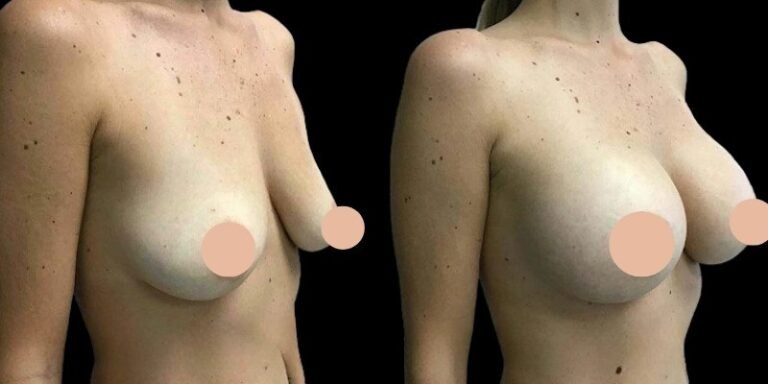Introduction
If you’re diving into the world of embroidery, you’ve probably stumbled upon the need to convert a simple image file like a JPG into a stitch-ready embroidery format like JEF. At first, it might seem like a straightforward task, but as you dig deeper, you realize there’s more to it than meets the eye. Whether you’re an embroidery enthusiast creating designs for your personal machine or a professional digitizer working for clients, understanding From JPG to JEF: Which Conversion Method Works Best is crucial—especially when you’re trying to Convert Image to JEF File with precision and quality.
This guide breaks down everything you need to know about this specific file conversion—what it means, why it matters, and the best methods to get the job done right.
What Is a JEF File and Why Do You Need It?
Understanding JEF in Embroidery
JEF stands for Janome Embroidery Format. It’s a proprietary file type used by Janome embroidery machines. Unlike a JPG, which is just an image file, a JEF file contains specific instructions for your machine—such as stitch types, directions, thread colors, and sequencing.
Why Not Use JPG Directly?
JPG files are great for visuals but useless to an embroidery machine unless translated into something it can read. That’s why converting JPG to JEF is so essential.
The Basics: What Does JPG to JEF Conversion Involve?
It’s Not Just “Saving As”
One of the biggest misconceptions is thinking that you can simply “save as” a JPG file to JEF. Unfortunately, it’s not that simple. JPGs are raster images, while JEF files are vector-based with stitching data. This means there’s a whole conversion process that requires digitizing.
What Is Digitizing?
Digitizing is the process of transforming artwork into a digital embroidery file. It involves manually or automatically plotting stitches on top of an image using specialized software.
From JPG to JEF: Which Conversion Method Works Best?
There’s no one-size-fits-all solution, but we’re here to help you choose the method that suits your needs best. Let’s explore the main options.
1. Manual Digitizing – The Professional’s Choice
What Is It?
Manual digitizing is when an expert uses embroidery software to manually trace the JPG and assign stitch types and directions.
Pros:
-
Offers precise control over stitch placement
-
Produces higher quality results
-
Great for complex logos or detailed artwork
Cons:
-
Time-consuming
-
Requires skill and experience
-
Often more expensive if outsourced
Ideal For:
-
Commercial embroidery
-
High-quality brand logos
-
Intricate designs
2. Auto-Digitizing Software – Fast But Flawed
What Is It?
Auto-digitizing uses algorithms to convert an image into embroidery stitches with minimal user input.
Popular Tools:
-
Janome’s Artistic Digitizer
-
Hatch Embroidery Auto-Digitizer
-
SewArt
Pros:
-
Faster than manual digitizing
-
Suitable for simple designs
-
Often beginner-friendly
Cons:
-
Not always accurate
-
Can misinterpret design elements
-
May require heavy editing afterward
Ideal For:
-
Simple artwork
-
Personal projects
-
Hobbyists
3. Outsourcing to a Digitizing Service
What Is It?
You send your JPG to a professional digitizing service, and they return a ready-to-use JEF file.
What to Look For:
-
Portfolio samples
-
Turnaround time
-
Revisions policy
Pros:
-
Professional results
-
Saves time
-
No need to learn complex software
Cons:
-
May have costs associated
-
Communication delays possible
Ideal For:
-
Busy embroidery businesses
-
Those without digitizing software or skills
Popular Tools for JPG to JEF Conversion
Here’s a quick rundown of some go-to tools:
🛠️ Hatch Embroidery Software
Great for both manual and auto-digitizing. Offers a free trial and robust features.
🛠️ Wilcom Embroidery Studio
Industry-standard software with incredible flexibility. Pricey but worth it for professionals.
🛠️ Janome Digitizer MBX
Tailored specifically for Janome machines, making it a strong candidate for JEF file creation.
🛠️ SewArt
A budget-friendly auto-digitizer with a straightforward interface for beginners.
Step-by-Step: How to Convert JPG to JEF
If you’re ready to try converting JPG to JEF yourself, follow these general steps:
Step 1: Prepare Your JPG
-
Ensure the image has clear lines
-
Reduce unnecessary colors
-
Avoid shading and gradients
Step 2: Import into Digitizing Software
-
Load the JPG file into your software of choice
-
Choose whether to auto-digitize or trace manually
Step 3: Assign Stitch Types
-
Satin stitch for borders
-
Fill stitch for larger areas
-
Run stitch for outlines
Step 4: Set Thread Colors and Sequencing
-
Match thread colors to your design palette
-
Organize layers in a logical stitch order
Step 5: Export as JEF
-
Double-check machine compatibility
-
Save or export in JEF format
Step 6: Test on Machine
-
Run a sample stitch-out
-
Adjust settings as needed
Tips to Ensure a Smooth Conversion
✅ Choose the Right Resolution
High-res images give better outlines for digitizing.
✅ Simplify Your Design
Less clutter = better stitching results.
✅ Use Vector Formats First
If you can, convert JPG to vector (like SVG or AI) before digitizing—it improves accuracy.
✅ Test on Scrap Fabric
Avoid surprises by stitching your design on test fabric before production.
From JPG to JEF: Which Conversion Method Works Best for You?
Still wondering From JPG to JEF: Which Conversion Method Works Best? It depends on your specific needs:
| Scenario | Best Method |
|---|---|
| Complex logos or branding | Manual digitizing |
| Simple personal projects | Auto-digitizing software |
| No software or skills | Outsourcing |
| Fast turnaround required | Outsourcing or auto-tools |
| Long-term professional use | Manual with professional tools |
Conclusion
Converting a JPG to a JEF file might sound like a technical headache at first, but once you understand the process, it becomes an exciting step in bringing your designs to life. Whether you go the DIY route, invest in software, or outsource to experts, the key is knowing your project’s goals and the level of detail required.
So, From JPG to JEF: Which Conversion Method Works Best? The answer is—it depends on your needs, timeline, and quality expectations. But with the right method in hand, your next embroidery masterpiece is just a stitch away.


